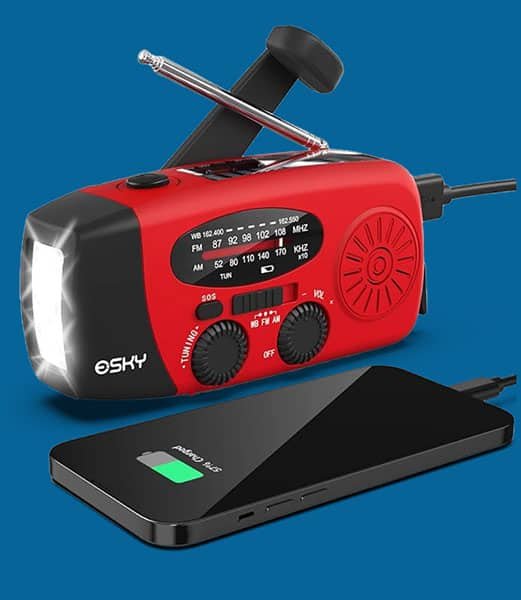
|
Alabama (AL)
| Alaska (AK ) |
Arizona (AZ)
|
Arkansas (AK)
|
California (CA)
|
|
Colorado (CO)
|
Connecticut (CT)
|
Delaware (DE)
|
Florida (FL)
|
Georgia (GA)
|
|
Hawaii (HI)
|
Idaho (ID)
|
Illinois (IL)
|
Indiana (IN)
|
Iowa (IA)
|
Kansas (KS)
|
|
Kentucky (KY)
|
Louisiana (LA)
|
Maine (ME)
|
Maryland (MD)
|
Massachusetts (MA)
|
|
Michigan (MI)
|
Minnesota (MN)
|
Mississippi (MS)
|
Missouri (MO)
|
Montana (MT)
|
|
Nebraska (NE)
|
Nevada (NV)
|
New Hampshire (NH)
|
New Jersey (NJ)
|
|
New Mexico (NM)
|
New York (NY)
|
North Carolina (NC)
|
North Dakota (ND)
|
|
Ohio (OH)
|
Oklahoma (OK)
|
Oregon (OR)
|
Pennsylvania (PA)
|
Rhode Island (RI)
|
|
South Carolina (SC)
|
Tennessee (TN)
|
Texas (TX)
| Utah (UT) |
Virginia (VA)
|
|
Washington (WA)
|
West Virginia (WV)
|
Wisconsin (WI)
|
Wyoming (WY)
©2025 BetterFloodInsurance, Inc.™ Your Flood Nerd™ – Do not copy. All rights reserved. | Privacy Policy & Refund Policy | Terms and Conditions
The misstatements or omissions of relevant information by the client can lead to price variation or even declination or rescission of coverage. Information requested to provide a quote or work on coverage will be shared with carriers. By filling out our online form, you are allowing us to shop for your coverage and communicate with you from time to time via email or phone. Requesting coverage does not guarantee coverage can be provided. Coverage can begin only with a specific statement by a licensed agency staff member. None of the information in the website guarantees that insurance will be provided or that the agency is obligated to procure insurance for the website visitor.
This and all information on this website is general and not intended for educational or informational purposes. Every claim is different, and some insurance policies can be difficult to interpret.
IF YOU DO NOT AGREE WITH ALL OF THESE TERMS OF USE, THEN YOU ARE EXPRESSLY PROHIBITED FROM USING THE SITE AND YOU MUST DISCONTINUE USE IMMEDIATELY.
•In most cases, our quote can go to the final policy without quoted price changes; however, our underwriters can and do change offered prices due to changes in underwriting.


